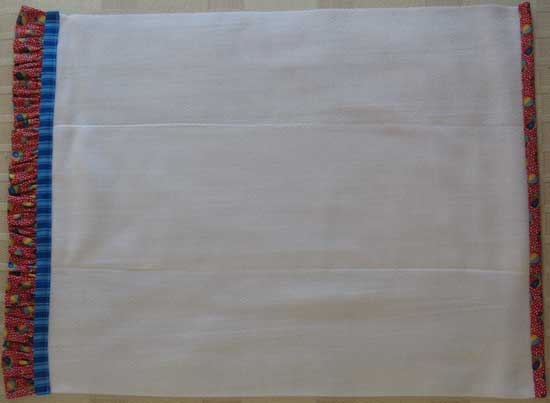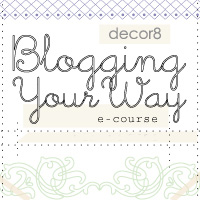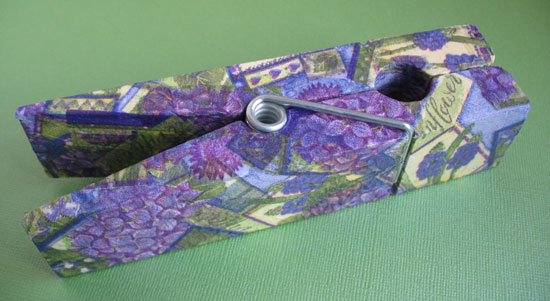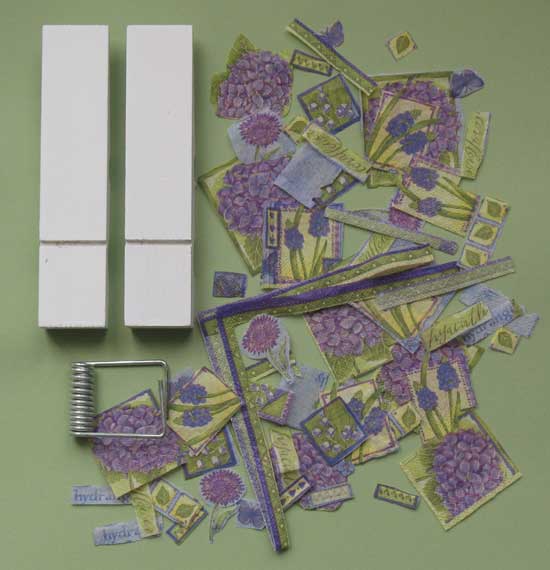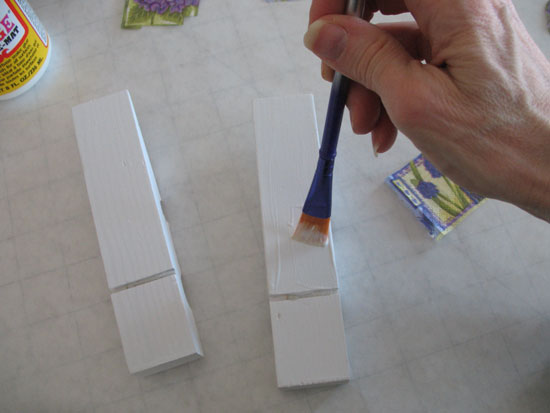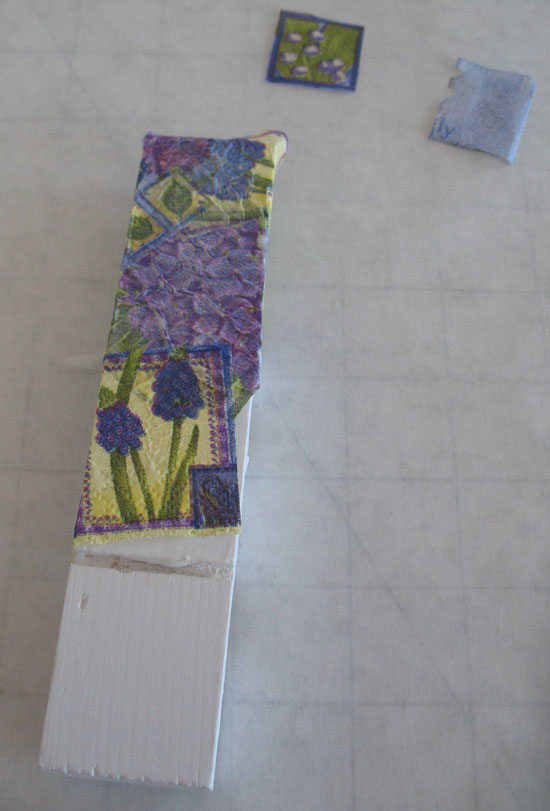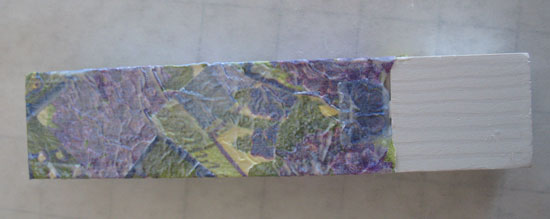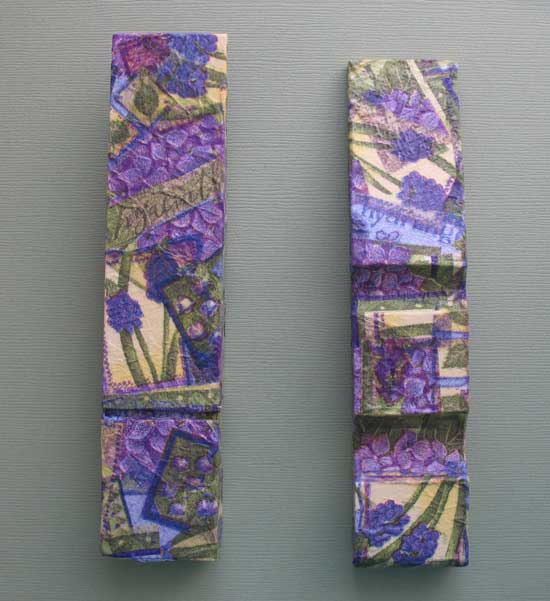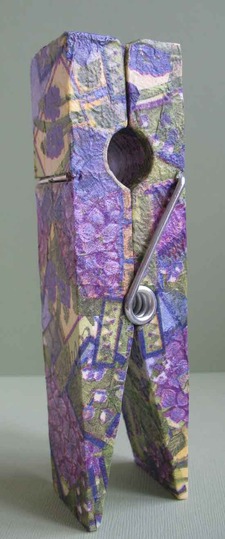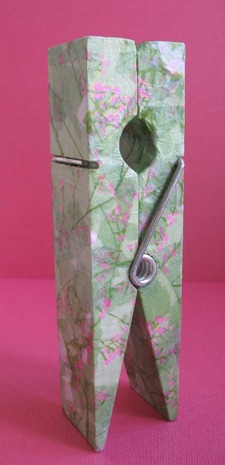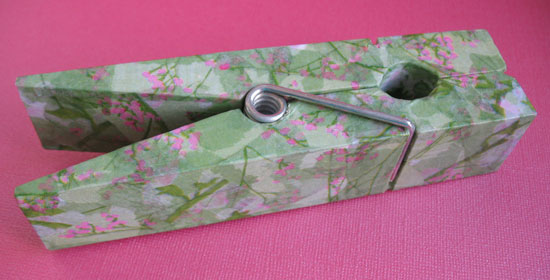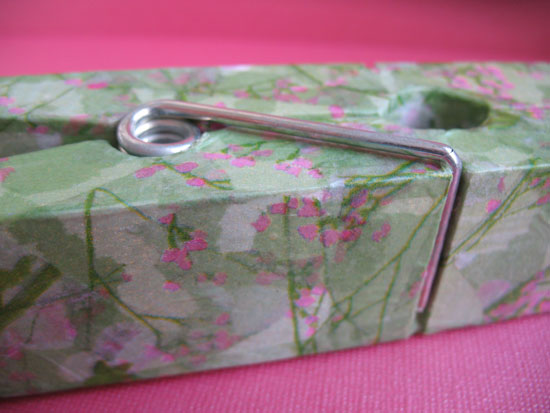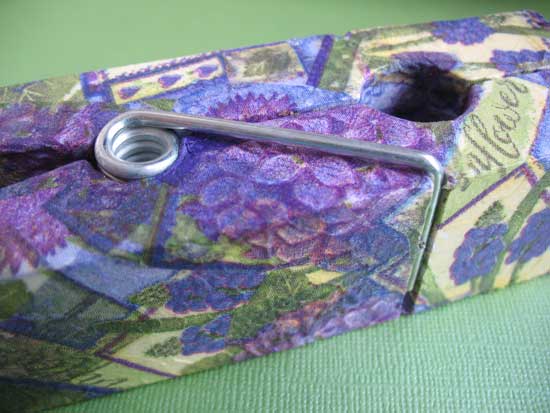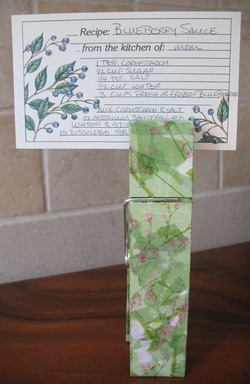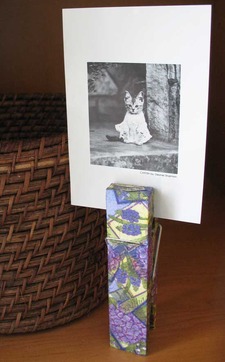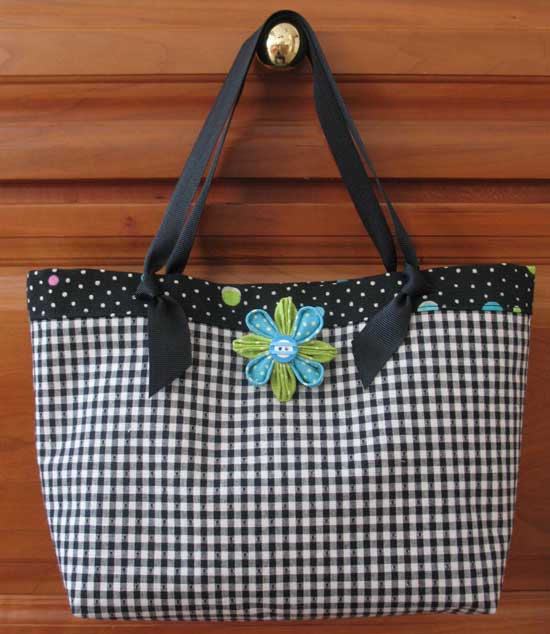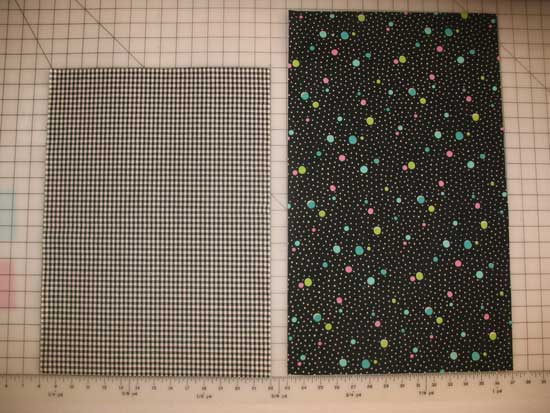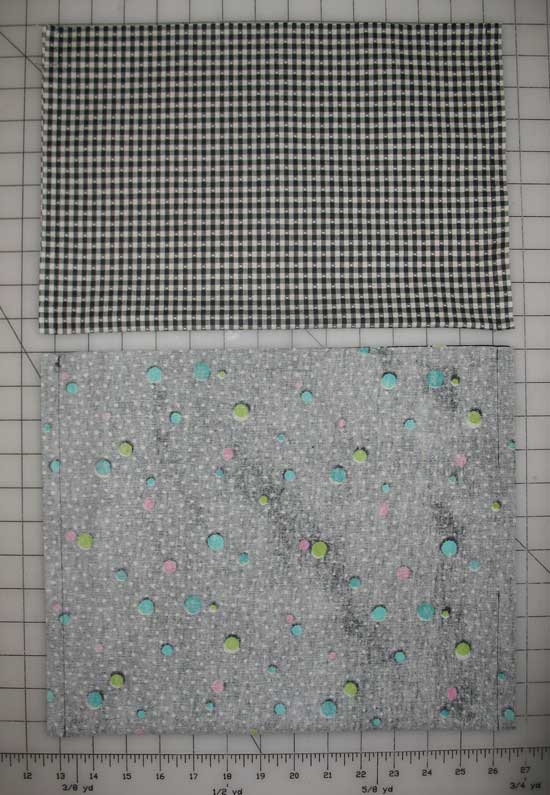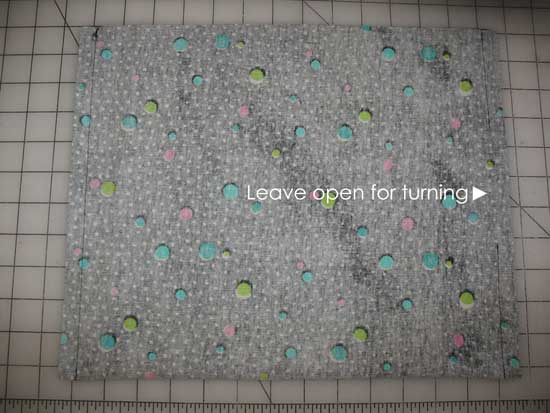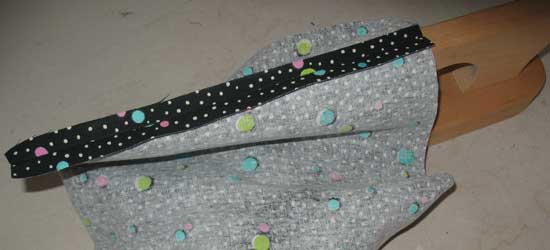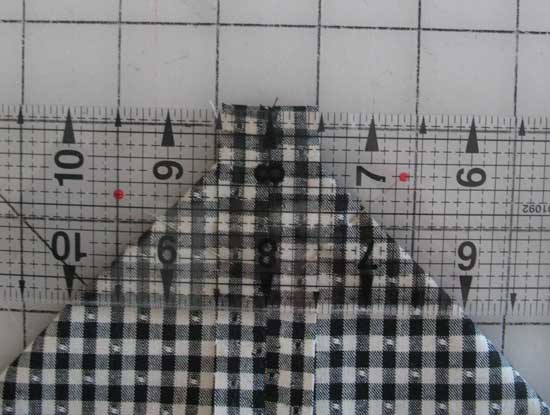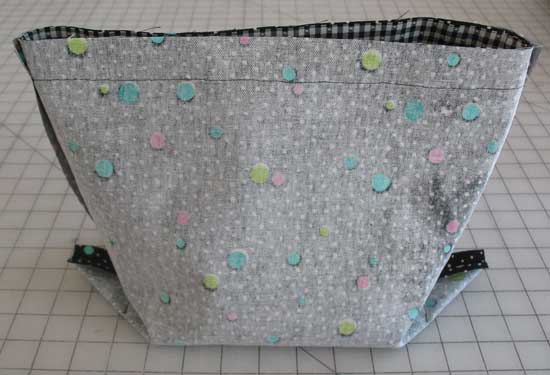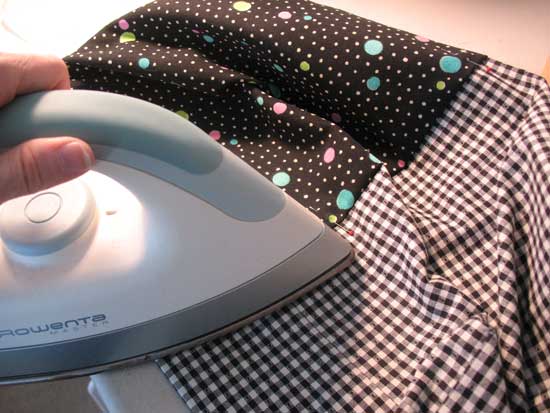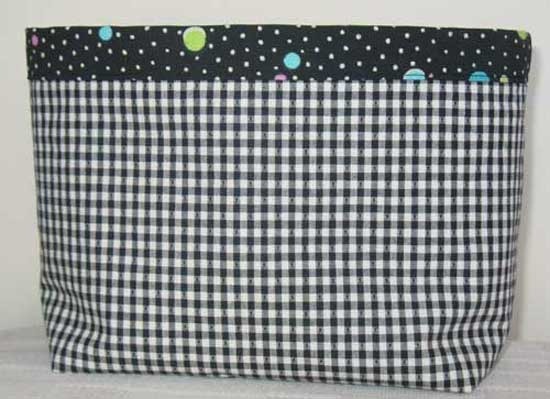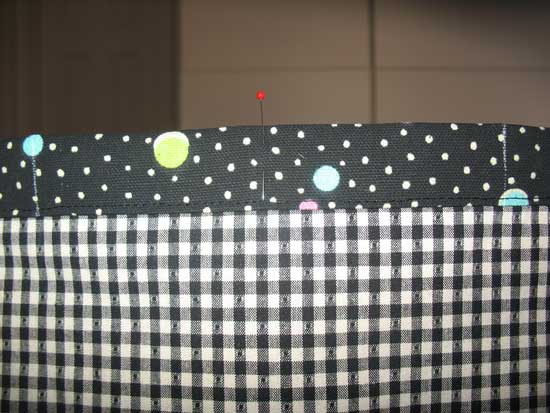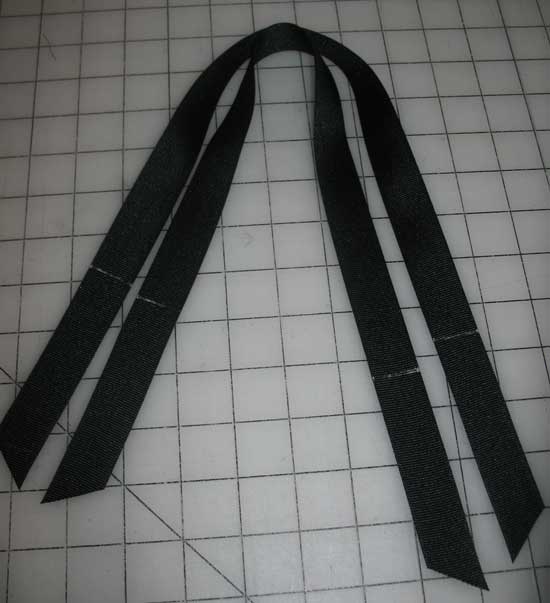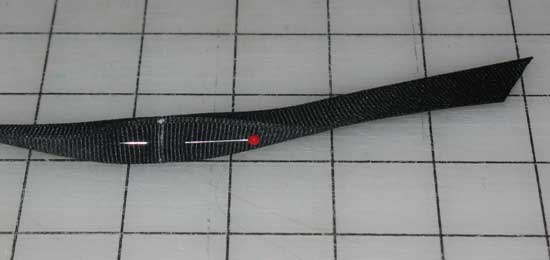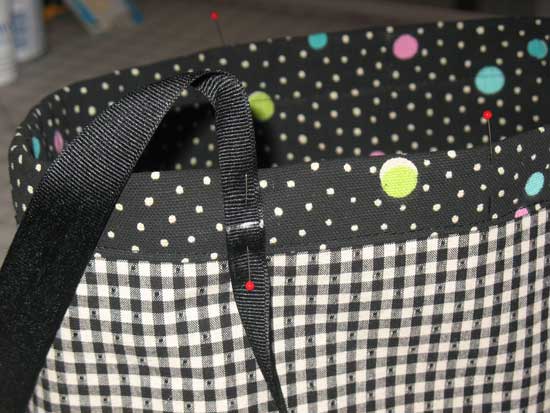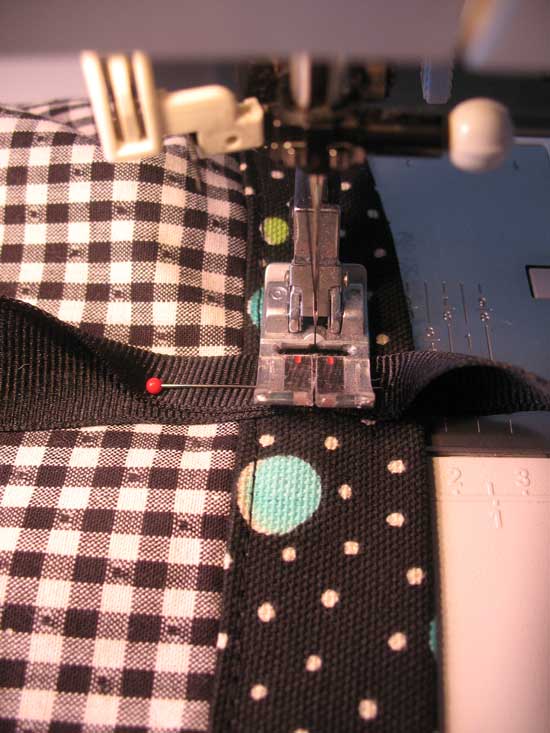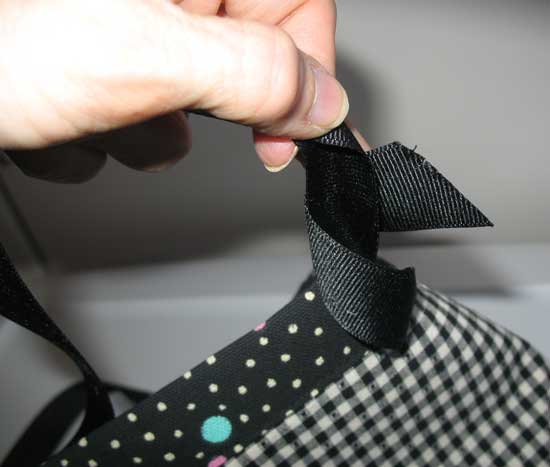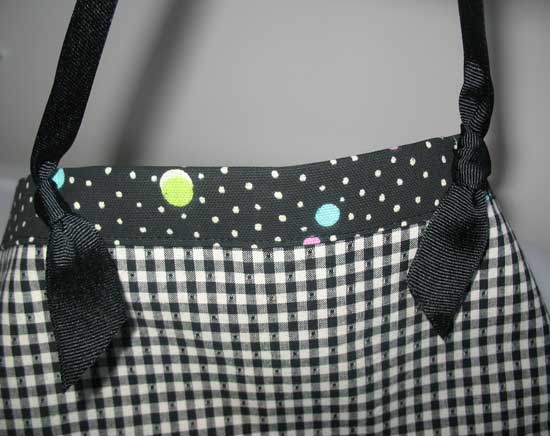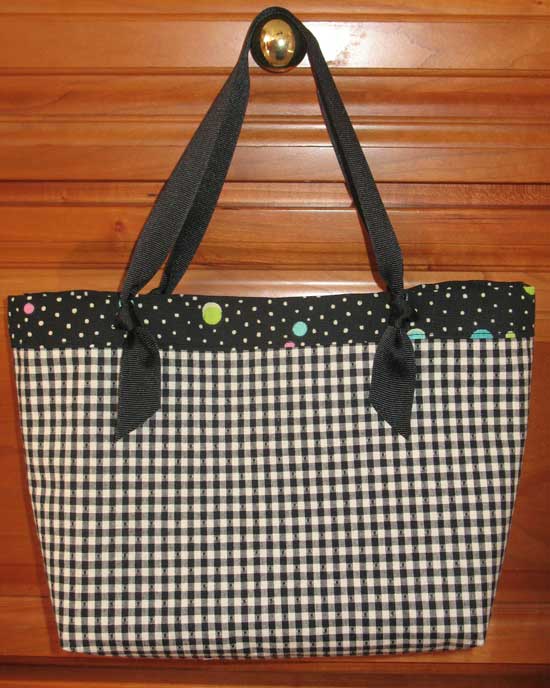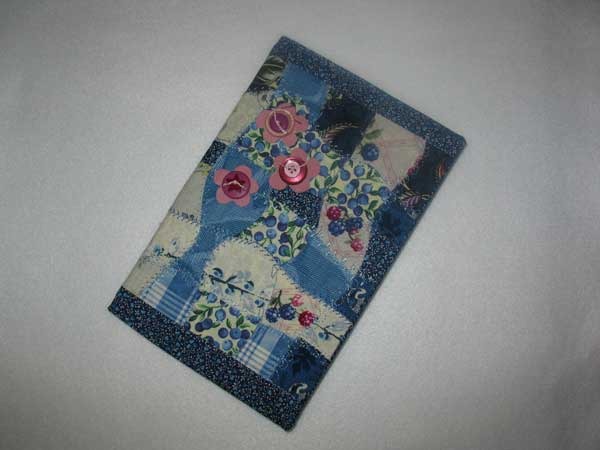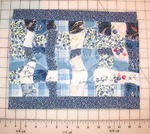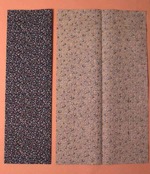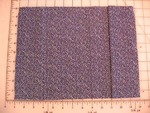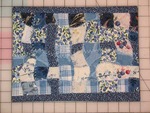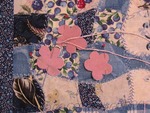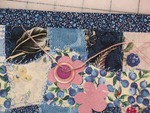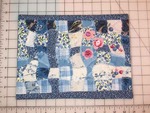Ruffled Burp Cloth
 Tuesday, June 29, 2010 at 6:00AM
Tuesday, June 29, 2010 at 6:00AM 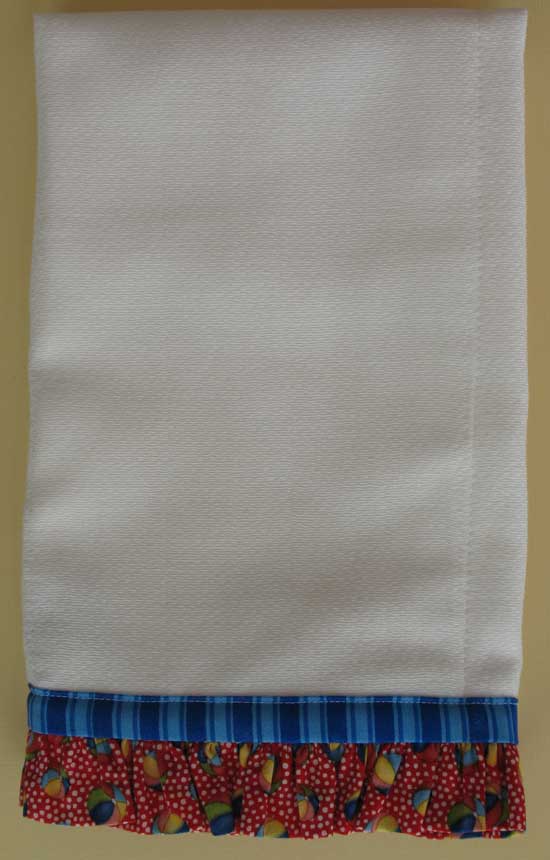
I love making these as baby gifts. A few weeks ago I knew TEN pregnant women (it’s now down to seven pregnant women and three new babies) so I spent some time perfecting my technique on these as they will be coming in handy in the future. These are very simple to make, can be customized for the recipient and are usually very appreciated.
I have attached a gathered ruffle in this tutorial but you could easily make a pleated version which would be very appropriate for a little boy.
Begin with a purchased cloth diaper. I usually do not prewash the diapers but I do press them with lots of steam to remove any shrinkage.
Square the ends of the diaper and serge or zigzag the cut edges (which will fray remarkably if you don’t).
Measure the width of the diaper. My instructions are based on a diaper that measures 15” so adjust cut fabric lengths accordingly if necessary.
Begin by embroidering the baby’s name or another appropriate design on the lower edge of the diaper. I like to center the design horizontally about 1.75” up from the bottom edge of the diaper. (Not shown on the tutorial example.)
Next, cut the fabric strips for the ruffle, edge binding and trim strip. In my example I used the same fabric for the ruffle and to bind the opposite end and a contrast fabric for the trim strip. Cut as follows:
Ruffle: 3” x 32” (about 2 to 2.5 times the width of the diaper)
Edge binding: 2” x 16”
Trim strip: 1 ¼” x 16”
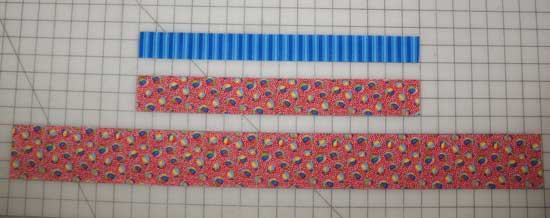
Fold the ruffle fabric in half lengthwise, wrong sides together (WST) and press. Refold short ends right sides together (RST) and stitch in ½” seam. Press seam open, turn and press flat.
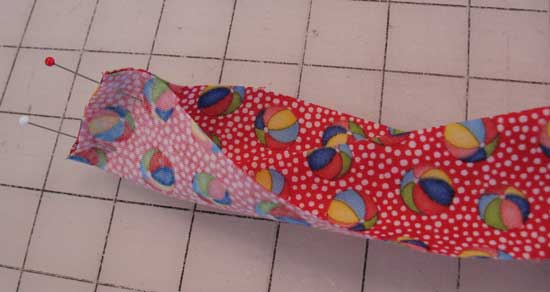
Mark the ruffle and the lower diaper edge (on wrong side) in quarters. Run two rows of gathering stitches approximately 3/8” and ½” in from the long raw edges of the ruffle leaving long thread tails.
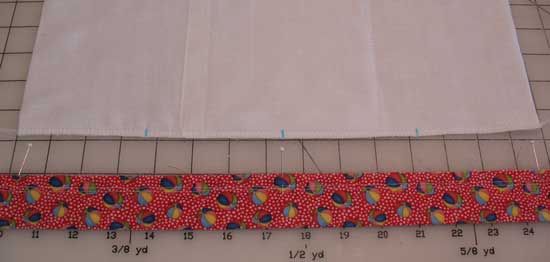
Matching the quarter marks on the ruffle to the marks on the diaper pin the ruffle to the WRONG side of the diaper. Draw up gathering threads to fit and baste at 3/8”.
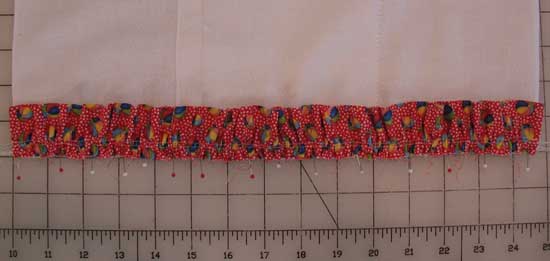
Press one long edge of the trim strip under ¼”.
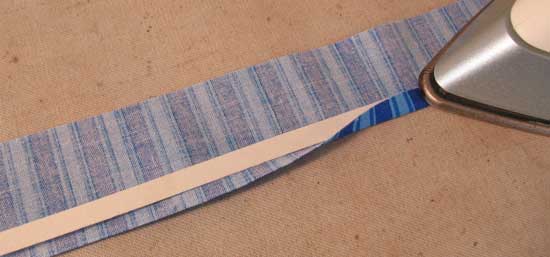
Fold in one short edge ½” and pin on top of ruffle, RST, matching raw edges. Folded edge of trim strip should be flush with the edge of the diaper. Fold under remaining short edge so fold is flush with opposite edge of diaper (trim off excess if necessary) and pin in place.
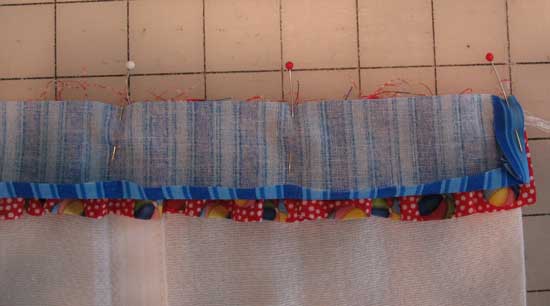
Stitch slightly beyond the 3/8” basting stitches through all layers.
Flip ruffle and trim strip to the diaper’s right side and press. Stitch close to the edge of the trim strip. Match the color of the top thread to the trim strip and the bobbin thread to the diaper.
Press one long edge of the binding strip under ½”.
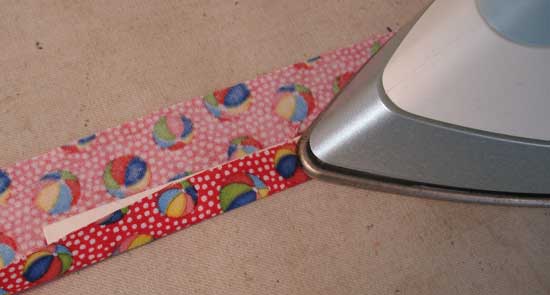
Fold in one short edge ½” and pin to remaining short edge of diaper, RST. Fold under remaining short edge of binding so fold is flush with opposite edge of diaper (trim off excess if necessary) and pin in place.
Stitch at 3/8” through all layers.
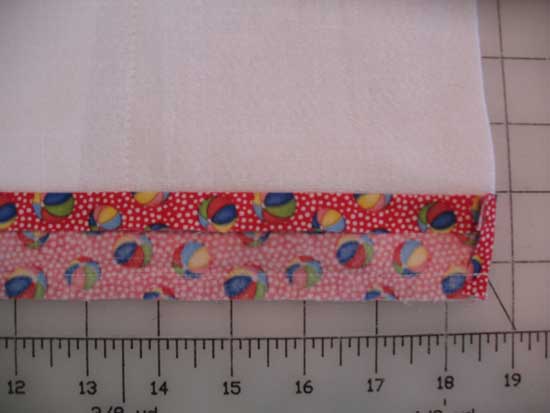
Fold binding to wrong side of diaper and pin in place. Stitch in the ditch from the right side to secure (I like to use an edge joining foot for this, as pictured).
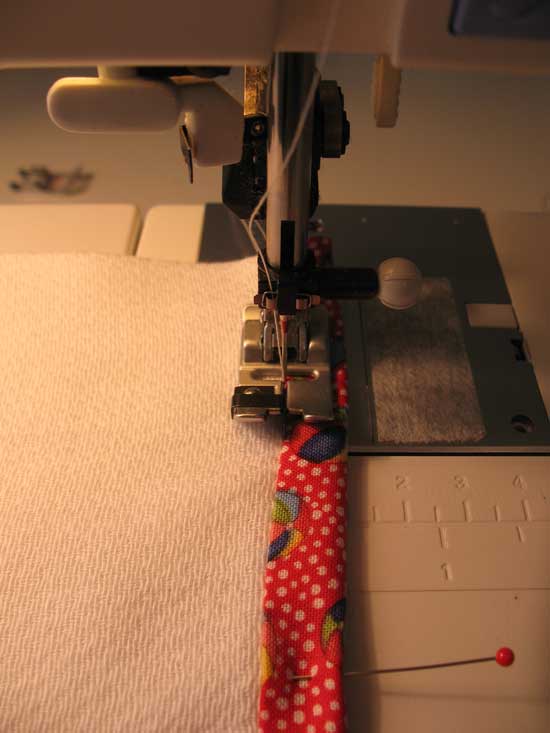
These are quick and easy to make. You could make some up to keep on hand and add the embroidered name at the end. Enjoy.
